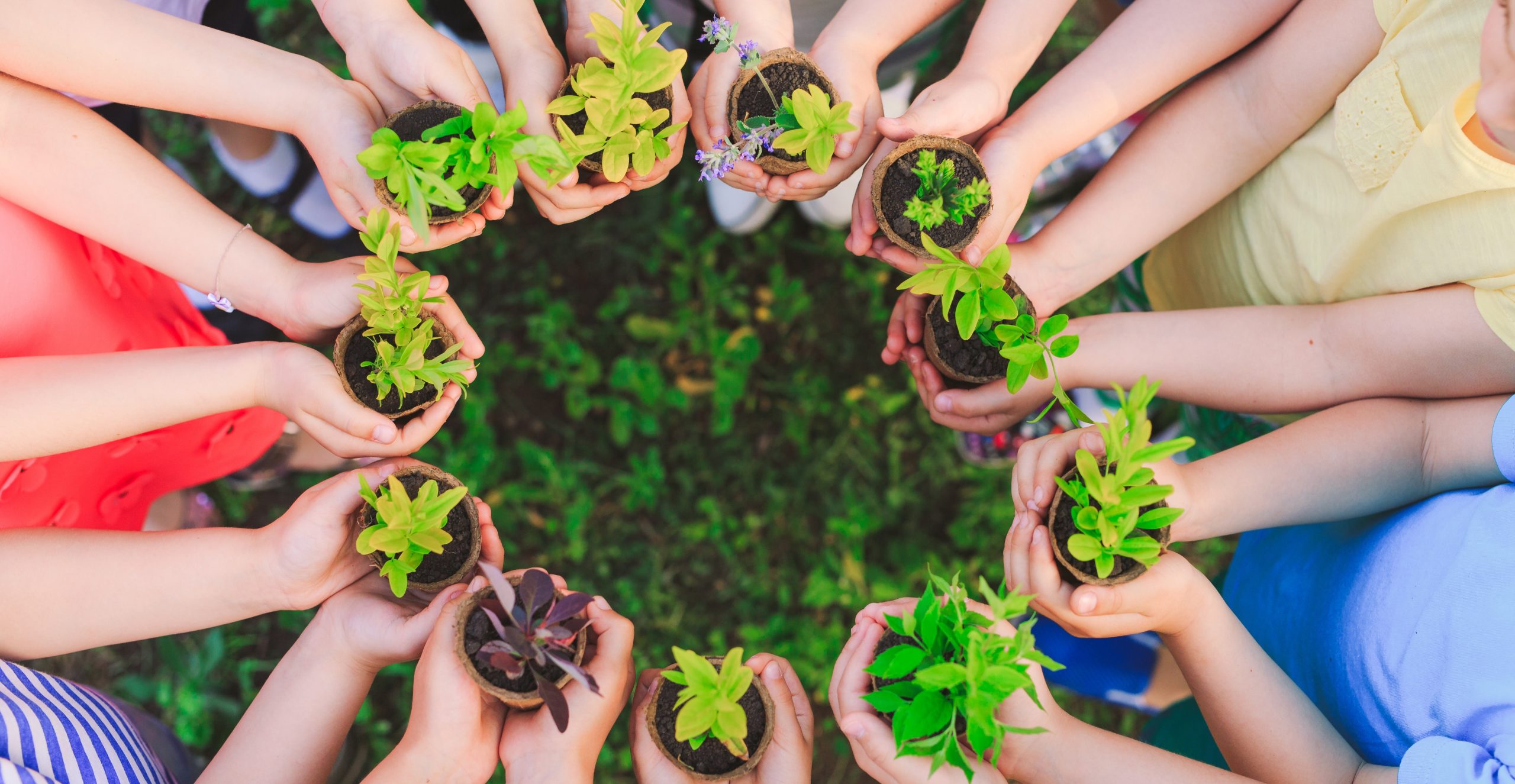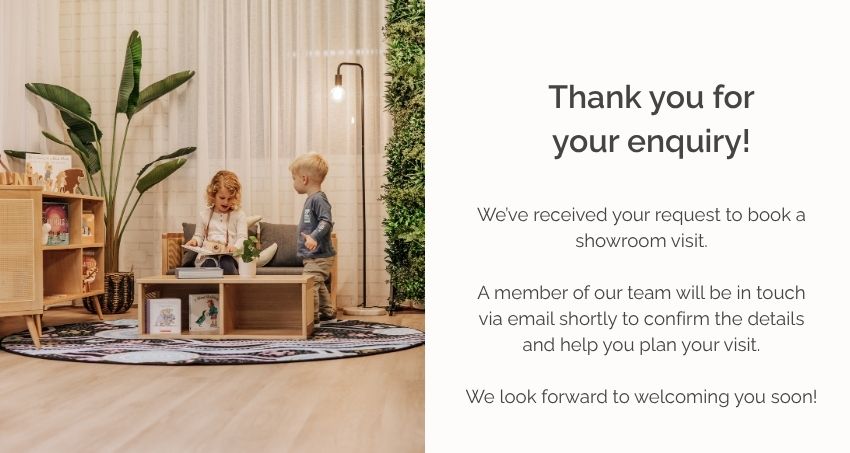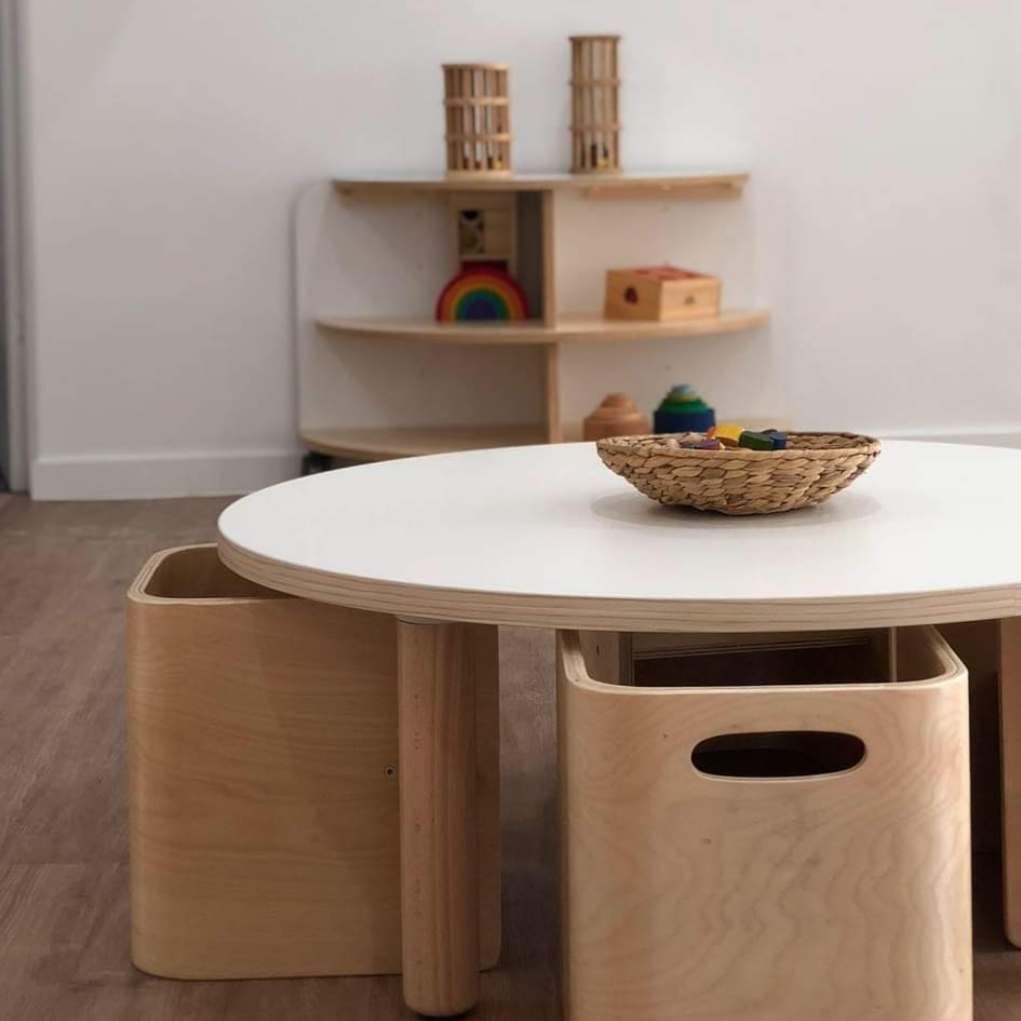
Tips on Being a Sustainable Education & Care Service
Sustainability has such an important role to play in today’s society with an environment that cannot take the high pressure it is under with a population has often taken more than it gives. Where better to start embedding sustainability than in an early learning environment with the minds of our future? Educating children about the importance of being a sustainable member of society from a young age is so important to protecting our environment.
For many services meeting Quality area 3 of the national quality framework [3.2.3 the physical environment significantly impacts on the quality of children’s experiences and encourages children to become environmentally responsible] can seem like a challenging and elusive task! At times it can even become one of those standard limited approach areas where thinking outside the realms of the standard recycle bin and veggie garden can be difficult.
Let’s look at some approaches that can be easily implemented on a day-to-day basis that go beyond.
-
Scrap the laminating!
It can be very easy to fall into the trap of laminating displays around your service but this creates a problem! That paper can now no longer be recycled! If it must be covered try a reusable plastic sleeve or better yet leave it plain!
-
Soft plastic recycling
A lot of waste particularly from the kitchen or children’s lunch boxes can be in the soft plastic category and more often than not gets thrown to waste. Soft plastic can include zip lock bags, bubble wrap, bread bags and packaging from many items. Arranging a red cycle collection point at your service is a great way to involve families.
-
Loose parts, recycled and natural materials in play
Try replacing the usual toys and equipment with natural and recycle resources for an entire day once a week! Communicate with families and encourage donations of boxes, food containers, buttons and old CDs. You will be amazed what the children will create!
-
Gardens
Alongside your typical veggie patch try a bush tucker garden growing native bush foods such as sea parsley, Midyim Berries, Blue Tongue, Seablite or lemon myrtle. Gardening can often organically lead to discussion and education surrounding the importance of insect and pollinators as well.
-
Involve the children!
Giving children responsibilities toward being sustainable and information as to why we do what we do will make them feel so important and responsible. Water and light monitors in the class room, garden carers, compost bin feeders and bin. Make discussions regular and ensure you provide lots of information to families to encourage the practices to go further than just the service.
- Offer cloth Nappies or encourage cloth nappy use in your service.
Disposable nappies create hundreds of thousands of tonnes of landfill and while using cloth nappies doesn’t remove all environmental impact it does reduce it!
-
The kitchen
There are so many opportunities for incorporating sustainable practice in the kitchen! Try using Beeswax wraps or washable reusable covers instead of Cling wrap.
Have Reusable Hand towels for your cook and purchasing Seasonal fruit and vegetables.
-
Clothing bin
Clothing donations are a great way to recycle and reuse unwanted clothing accumulated by families and staff. Arranging a clothing bin to be based at your service will encourage donations in a convenient location!
Implementing sustainable practice into your service can be so incredibly rewarding and with some time and consistency will easily become common approach for the children attending the service. Thinking more deeply about sustainability and how we model everyday practices in your service – sometimes it’s the small things that contribute to embedded practice and help children gain a lifelong understanding.











